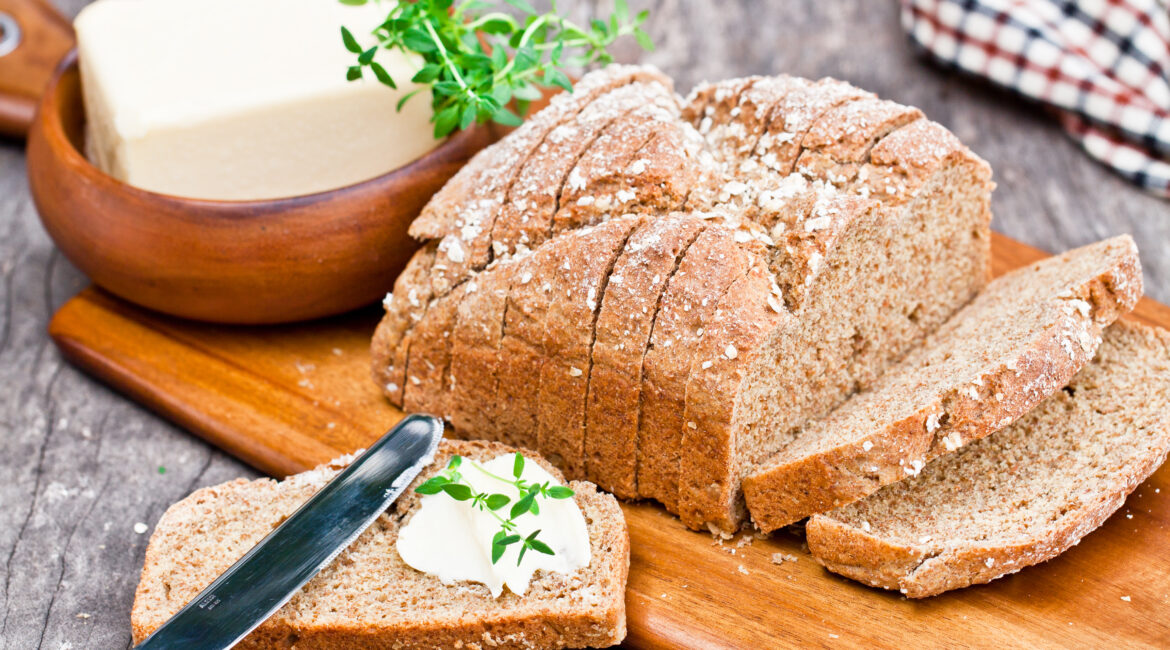

The History of Irish Soda Bread: A Slice of Tradition
Ah, the tantalizing scent of Irish Soda bread wafting out of the Inn’s kitchen has been known to make many a mouth water! So, we figured why not share some history on our beloved loaf of goodness?
Irish cuisine is often associated with hearty dishes like Irish stew, cottage pie, black pudding, and potatoes. However, there is one Irish food tradition that is often overlooked – Irish soda bread. Almost every family in Ireland has its own recipe for this delicious bread, which is often written down on a scrap of floury paper or tucked away in an old cookbook.
Despite its humble ingredients, soda bread has played an important role in Irish history and has helped the country through some of its darkest times.
When Was Soda Bread First Created?
Irish soda bread is commonly consumed in households, especially with hearty stews and warm tea. It is also a symbol of celebration and is produced in large quantities in the days leading up to Saint Patrick’s Day. What’s interesting is that soda bread originated from a practical need to address food scarcity in Ireland.
Although it may seem like a centuries-old recipe, the history of Irish soda bread dates back to the 1830s when bicarbonate soda was first introduced to Ireland.
What Are The Ingredients in Traditional Irish Soda Bread
In the 1840s, the potato blight devastated Ireland, leading to a widespread shortage of food and mass emigration. Out of necessity, locals made the most out of inexpensive and basic ingredients, such as “soft” wheat flour, baking soda, salt, and soured milk.
Soft wheat flour is more suitable for soda bread than the hard wheat flour most often found in yeasted breads. As Ireland’s climate only supports wheat of soft varieties, soda bread was a natural fit.
Plus, soda bread was simple to make, even in the most remote areas with limited resources. The bread was cooked in iron pots or on griddles over open hearths, resulting in its signature dense texture, hard crust, and slightly sour taste. Soda bread was an ideal solution to the famine, and its popularity has lasted for generations.
This bread’s unique texture results from a reaction between acid and baking soda that forms small bubbles of carbon dioxide within the dough. In the early days of the bread’s history, sour milk was the most commonly used ingredient due to its high acidity level, but now buttermilk is commonly used.
Soda Bread Traditions
The shape of soda bread is also steeped in tradition. The Northern regions of Ireland divide their dough into four triangular shapes, with each triangle cooked on a flat griddle.
The Southern Irish bake their loaves in the classic round shape and cut a cross on top. It is believed that a cross on top of bread would ward off evil and allow fairies to exit the dough.At the Inn on Bath Creek, our homemade Irish soda bread is just one example of the culinary treasures awaiting you each morning. We invite you to experience the perfect blend of comfort, charm, and culinary delight in the heart of our quaint historic town. Whether you’re here for a romantic getaway, or just need a few days away, we’re dedicated to making your stay unforgettable.
0 Comments